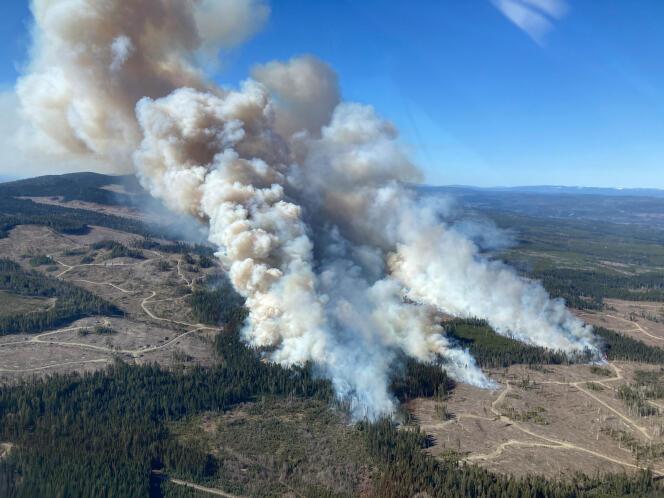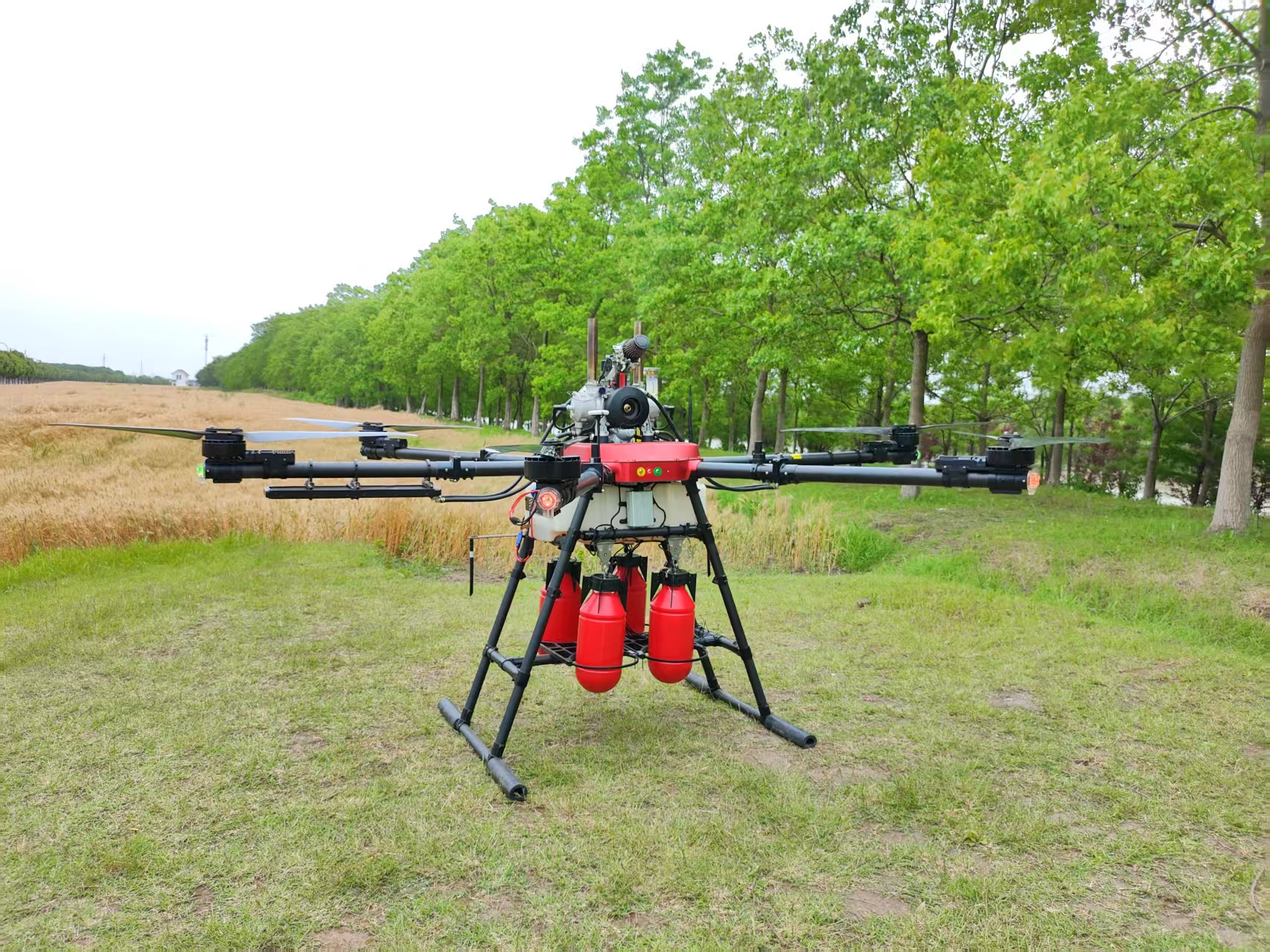Revolutionizing Wildfire Response: How Aegis X60 Hyperlift Drones Are Saving Lives and Land in 2025
In 2023, Canada faced its most catastrophic wildfire season on record. From May to October, flames engulfed nearly 15 million hectares of land, displacing over 230,000 people and leaving behind a trail of environmental devastation. The fires didn’t just scar Canada—thick plumes of smoke choked skies across continents, proving that wildfires are no longer localized disasters but global crises.

Image: The start of a wildfire in Canada, 2023—a stark reminder of the scale and intensity of the disaster.
Two years later, the game has changed. Enter the Aegis X60 Hyperlift Drone, a cutting-edge wildfire-fighting technology redefining how we combat nature’s fury. With a payload capacity of 60 kilograms, these drones can carry substantial amounts of fire retardant or other firefighting materials, enhancing their effectiveness against large-scale wildfires.
The Aegis X60: Built for the Inferno
Gone are the days of relying solely on ground crews and water-bombing planes. The Aegis X60 Hyperlift Drone is engineered to attack wildfires with surgical precision, even in the most inaccessible terrain. Here’s why it’s a game-changer:
- 90-Minute Flight Time: Powered by advanced hybrid propulsion, these drones outlast traditional aircraft, maintaining relentless air coverage.
- 1,500-Meter Operational Altitude: Fly above dense smoke and heat turbulence, ensuring stable deployment in extreme conditions.
- 10-Kilometer Radius: Cover vast areas quickly, from remote forests to urban-wildland interfaces.
- Rapid Refueling: A 5-minute pit stop refills its 22-liter fuel tank, keeping fleets airborne for hours.
- 60-Kilogram Payload: Capable of carrying up to 60 kilograms of fire retardant or other firefighting materials.
Precision Firefighting, On Demand
The Aegis X60’s secret weapon? Its 4x "Bomber" Smart Fire Suppression Pods, loaded with a proprietary high-efficiency retardant powder. Pilots or AI systems can:
- Target Flames with GPS Accuracy: Drop payloads within 2 meters of designated coordinates.
- Adjust Dispersion Height: Release retardant at optimal altitudes (20–100 meters) to maximize ground coverage.
- Protect Critical Assets: Pre-program defensive perimeters around homes, infrastructure, or evacuation routes.

Why This Matters for Homeowners and Communities
In 2023, thousands lost homes simply because firefighters couldn’t reach them in time. The Aegis X60 changes that calculus:
- Preemptive Defense: Drones can be deployed before flames reach neighborhoods, coating properties in fire-resistant powder.
- Reduced Risk to Crews: Keep human firefighters out of direct danger while drones tackle hotspot flare-ups.
- Cross-Border Coordination: Deploy fleets internationally to smother smoke plumes before they become transboundary hazards.
The Future Is Autonomous
By 2025, over 200 Aegis X60 units are already integrated into Canada’s wildfire response network, working alongside AI-powered prediction systems. These drones don’t just react—they anticipate. Machine learning analyzes wind patterns and fuel loads to:
- Identify high-risk zones 48 hours before ignition.
- Execute pre-strike retardant barriers.
- Map escape routes in real time for trapped residents.
From Tragedy to Innovation
The scars of 2023’s wildfires remain, but they’ve forged a new era of resilience. With tools like the Aegis X60 Hyperlift Drone, we’re no longer at the mercy of wildfires—we’re fighting back, smarter and faster than ever.
没有评论:
发表评论